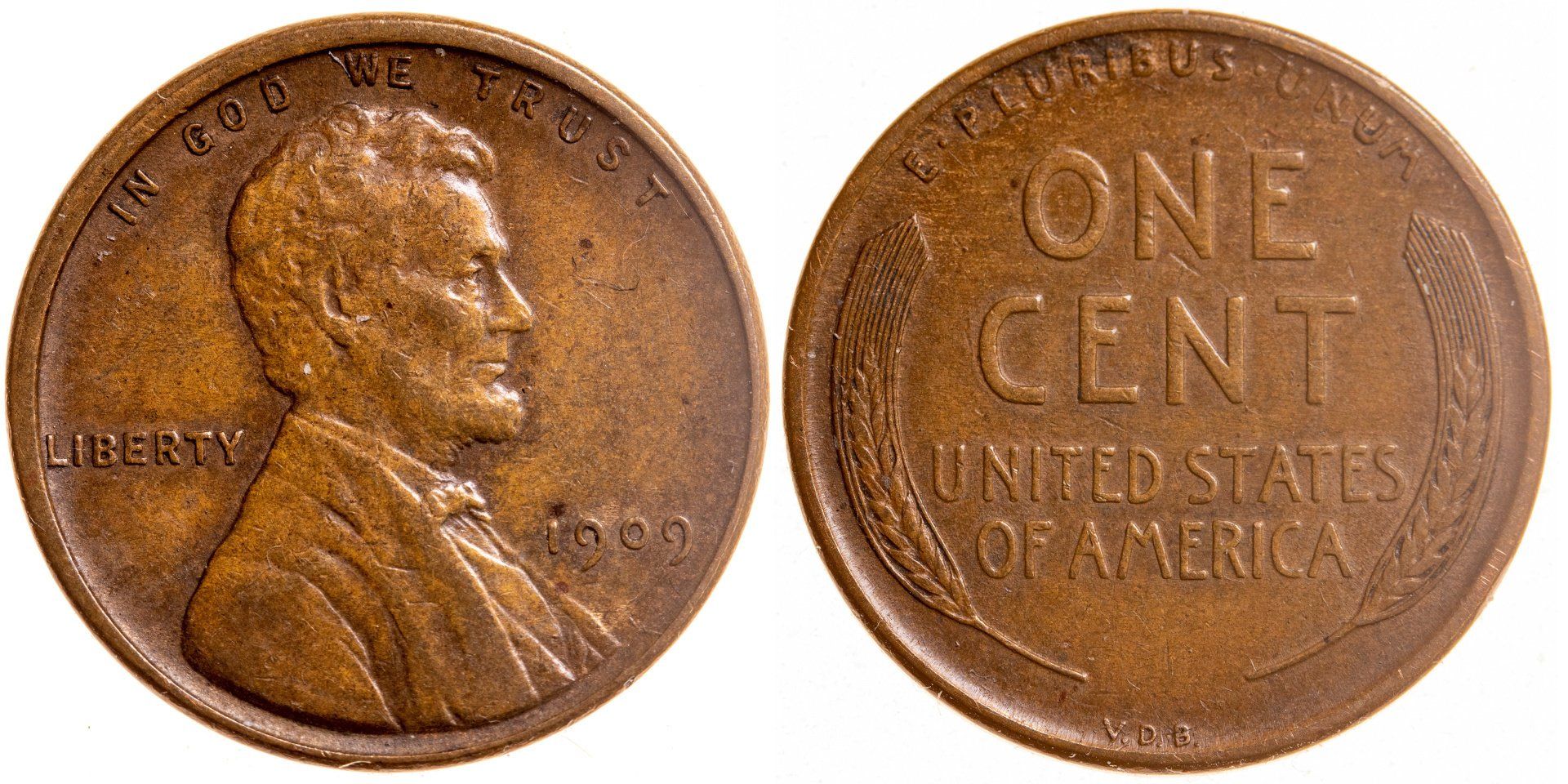Wheat Pennies: History, Value, and Tips for Collectors

Ever looked at a penny and thought, "Eh, it's just a penny?" Well, think again! These tiny disks of copper have stories, scandals, and a ton of pizzazz. Feeling skeptical? Maybe you’re sitting there, rolling your eyes, thinking, "Coins? Really? How can they be more than just pocket change?" I get it. They jingle in our pockets, get lost in our sofas, and we often dismiss them without a second thought.
But believe me, that humble wheat penny could be the overlooked celebrity in your coin jar. Remember when you judged a book by its cover and it turned out to be a gripping page-turner? It’s kind of like that. There’s drama, history, and value behind that aged facade.
Ready to get mind-blown by the world of wheat pennies and uncover the treasure troves they promise? Alright then, buckle up, my friend! Let's dive right in.
History of Wheat Pennies
Imagine holding a small piece of history, a tactile portal to a different era. That’s what you're doing when you hold a wheat penny. Minted first in 1909, this coin was the brainchild of the famous sculptor, Victor D. Brenner. Brenner wanted more than just a coin. He wanted a symbol – a depiction of Abraham Lincoln on one side, representing liberty and democracy during turbulent times. The coin's reverse showcased wheat stalks, a testament to America’s agrarian strength. Cool, right?
But let’s be real, history’s never without its hiccups. Wars? Economic downturns? These events didn’t just reshape nations; they changed our little penny, too. Remember the steel pennies of 1943? That was because copper was precious during World War II. Who’d have thought?
By 1959, things changed again. Goodbye wheat stalks, hello Lincoln Memorial. A shift in design, yes, but think about this: isn't it fascinating how a simple coin morphs with time, reflecting the nation’s changing priorities and identity?
Understanding the Value of Wheat Pennies
Money talks, but what does it say? For many, it whispers secrets of rarity, mint marks, and sometimes, oopsie-daisies from the U.S. Mint (errors!). So, what makes one wheat penny worth a few cents and another, well, a pretty penny?
It’s not just age. It's a dance between scarcity and demand. Picture two pennies: one from 1914-D and another from 1944. Both old, right? But, here's the twist: the 1914-D penny can be worth hundreds or even thousands more. Why? Because fewer were minted that year, making it a rarity. The heart races a bit faster when you come across one, doesn’t it?
And let's talk mint marks. Ever noticed tiny letters below Lincoln’s image? D for Denver or S for San Francisco. These little letters? Big impact on value. But the real treasures? The minting errors. Like the 1955 double die penny where everything seems... well, doubled. Errors like these are the quirky, unpredictable relatives in the penny family. Unique and intriguing!
Oh, and speaking of value, there's grading – a coin’s physical condition. Think of it as a 'beauty contest' for coins. The categories? From 'Good' (showing its age, but still distinguishable) to 'Mint State' (the crème de la crème, untouched by time). And just like in any contest, the better the condition, the higher the price tag.
Tips for Collectors
So, you're bitten by the wheat penny bug. Great! But where to start?
Well, the world’s your oyster... or maybe the U.S. is your coin jar? Dive into bank rolls, scour your pocket change. You'd be surprised where treasures hide. Ever thought about the last time you received change from a store? Was there a wheat penny, a time capsule from yesteryears, just waiting to be discovered?
But remember, once you have them, treat them with respect. Store them in a cool, dry place. Think of those acid-free folders or albums; they're like a five-star hotel for your pennies. And as you’re preserving them, don't forget to watch out for the tricksters – the fakes and reproductions. How? A magnet can be your BFF. Real pennies won't stick, but steel fakes? They’re clingy.
And why not spread the love? Join a coin club, hop onto online forums. Swap stories, trade coins, learn from veterans. And if you can, visit a coin show. The world of wheat pennies is vast and fascinating, and the more you dive in, the richer the adventure becomes.
Fun Facts and Trivia
Ready for a roller coaster ride through penny history? Buckle up!
First off, did you know that the U.S. Mint once made a mistake and produced a few 1943 pennies in copper instead of steel? These pennies can now fetch up to six figures at auction. Makes you want to double-check your change jar, doesn’t it?
The wheat penny isn’t just a coin; it's a cultural icon. From the penny loafers we wear to the "penny for your thoughts" we say – this humble coin has left its mark.
Errors? They’re not just for the mint. Ever heard of the 1922-D penny without a D? An oversight, a blip, but a valuable one at that. It’s these quirks, these delightful detours in penny production that make collecting so thrilling.
The wheat penny carries with it tales of innovation, errors, and a reflection of America's evolving identity. So, the next time you spot one, give it a closer look. Who knows? Maybe it has a story just waiting to be told.
All Rights Reserved | CoinCollecting.com

